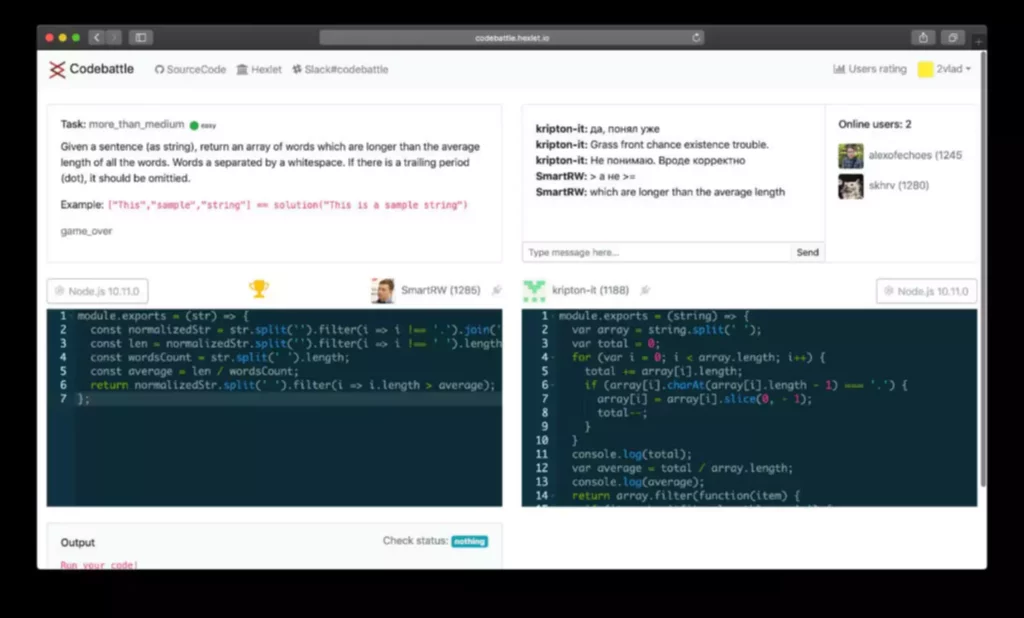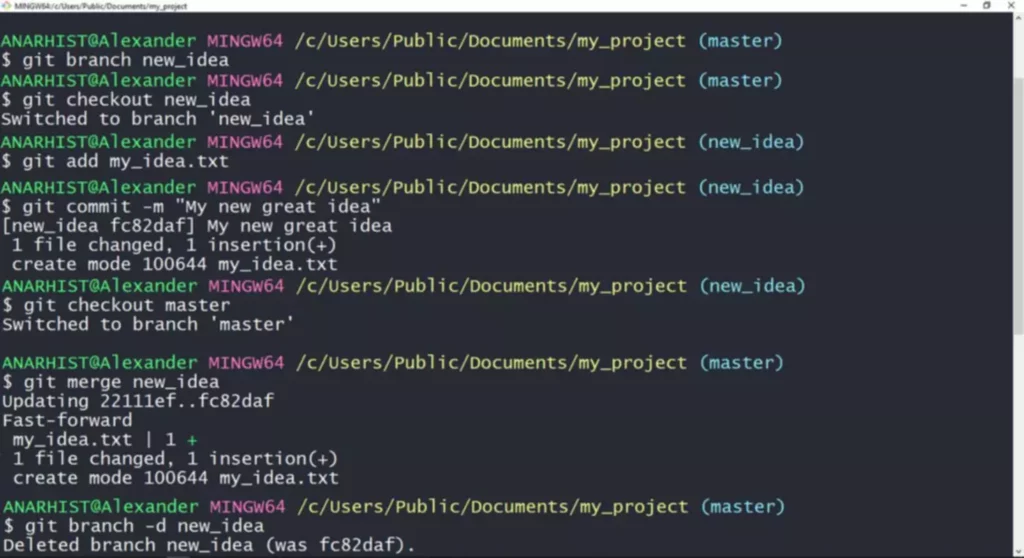In addition, Blender has a big neighborhood of artists that may allow you to find out about Blender’s features and capabilities or showcase your tasks. For your first few renderings, depart these default lights alone (DomuS3D will mechanically calculate the right publicity what is rendering value so your room isn’t too dark or too bright). As you get the hang of rendering, you can start taking part in round with lighting to create the specified ultimate effect. All DomuS3D tasks, for instance, have a default light source within the center of the room and, if you have any home windows in your room, you’ll get the outside gentle coming into your room, as properly. Trendy CPUs now provide larger core counts with better multi-threading capabilities. Not to say the truth that enhanced clock speeds make it simpler to deal with demanding projects.
The Process Of Making A Still 3d Render
We are deeply passionate in regards to the transformative energy of architectural renderings, as they allow individuals to catch a glimpse of the longer term https://deveducation.com/. Proper group of recordsdata and adherence to preferred formats ensure a smooth collaboration and assist obtain the desired consequence within the architectural renderings. When conveying information about demographics to be used in architectural rendering entourage, you will need to collect complete information about the target market or the supposed occupants of the house.

As AR expertise becomes more superior and accessible, we are ready to anticipate it to play a bigger position in architectural visualization, blurring the lines between digital ideas and real-world spaces. A larger rendering resolution permits for sharper textures, smoother edges, and more precise lighting and shadows. The rendering time can vary from a few seconds to several hours, relying on the complexity of the scene and the hardware being used. That’s why high-end studios typically use render farms—networks of computer systems dedicated to rendering at scale. What makes a rendering look actual, and how can professionals optimize their workflow? This guide breaks down the core principles, the forms of rendering, and the software instruments used to bring designs to life.
Reflection And Shading Models
The historical past of 3D rendering dates back to the late Sixties and early Seventies when laptop graphics researchers started exploring methods for creating sensible and immersive visual representations. Initially, rendering was a time-consuming course of restricted to specialised hardware and software program. Nevertheless, developments in computing energy and algorithms led to significant progress within the field. The 1980s witnessed the emergence of pioneering rendering software program like Pixar’s RenderMan and developments in ray tracing techniques. The Nineteen Nineties saw further enhancements with the introduction of economic software similar to 3ds Max and Maya, enabling wider accessibility to 3D rendering instruments.
With the rise of real-time rendering engines like Unreal Engine, Lumion, and Enscape, architects and designers can now visualize tasks immediately, rather than ready hours for a last render. This permits for dynamic shopper shows, where supplies, lighting, and layouts could be adjusted on the fly. Moreover, the hardware specs of the rendering workstation, such because the processor pace, GPU efficiency, and quantity of RAM, can significantly affect rendering instances.
Rendering is the finalization process of a digital image or a 3D mannequin utilizing computer software. It lets users bring together the visuals, from the shadows and lighting results to the textures, and generate the ultimate result. Rendering is used for various digital projects, including video games, animated films, and architectural designs.

Assume of it because the know-how that powers video video games or digital reality experiences, the place objects and characters seem and reply seamlessly because the user interacts. This form of rendering is especially useful during growth when you need immediate suggestions on a change in your 3D model. Rendering methods are the artistic brushstrokes that breathe life into the digital canvas of visible storytelling in laptop graphics. Understanding the nuances of rendering is paramount for anybody delving into the realms of 3D graphics, gaming, or computer-aided design. This exploration by Polydin sport art outsourcing studio, embarks on a journey to unravel the significance of rendering strategies, delving into the diverse types of rendering methods.
This is the power of cloud rendering, offering scalable and accessible rendering capabilities for a variety of customers. Radiosity rendering is a technique that involves creating an vitality mannequin of light, followed by the appliance of an acceptable rendering algorithm. It’s like a photographer adjusting the settings on a digicam to seize the proper shot, contemplating not simply the light that comes directly from the supply but in addition mild reflected from objects within the scene. These meshes are made using polygons like hexagons, pentagons, diamonds, rectangles, and triangles, which together type basic shapes. Primitive shapes like cubes, cylinders, spheres, cones, and pyramids are utilized as foundational elements for developing advanced models.
Hyper-realistic Renderings
Digital Reality (VR) transforms 3D rendering by creating immersive, interactive experiences. Real-time rendering inside VR allows customers to receive instant feedback, improving effectivity in gaming, training, and marketing purposes. Choosing the right 3D rendering software program ensures environment friendly workflows and photorealistic outcomes. These instruments guarantee seamless efficiency for both panoramic views and interior design simulations while decreasing processing delays throughout live interactions.
Shading And Lighting

If you are not certain what would look good strive looking at some examples of 3d textures to get an concept of what you want. SketchUp files provide 3D fashions that are less detailed than the ones typically utilized in top quality architectural renderings, however they are a great place to begin. After portray your clay sculpture, you realize the lighting wants a touch of dynamism to seize all of the intricacies you’ve added. Just like an adept photographer, you open the blinds to let in ambient light, position further lamps to create depth, and strategically place a small flashlight to create a subtle rim light. These lighting adjustments carefully resemble the art of lighting in 3D rendering, the place virtual lights are arrange within the scene. To improve realism, you paint the pores and skin, add detailed options like red lips, brown eyes and black hair, and even crown it with a striking blue hat.
- This sort of 3D rendering takes any architectural and/or inside design presentation to the subsequent stage.
- Organizing objects into layers and teams reduces processing time during architectural visualization or inside design tasks.
- He is currently working freelance after spending four years at a multi-national VR firm.
- Texturing is like adding paint, patterns, and textures to make the surfaces look more actual and interesting.
The integration of AI into rendering is not solely changing the method in which we create visible content material, but in addition how we work together with it. Rasterization is another well-liked rendering approach, preferred for real-time 3D engines due to its velocity and efficiency. It’s like an artist who shortly sketches the define of a scene, ignoring the empty spaces and focusing solely on the necessary parts. Throughout the rasterization course of, pixel shaders, programmable on modern GPUs, define the final shade for every pixel, effectively painting the scene. Integrating imperfections corresponding to refined scratches, smudges, and signs of wear and tear into supplies is vital for including depth and character to the render, thereby making it extra sensible.
High-resolution renderings thrive on sharp texture mapping that reveals lifelike materials surfaces. The integration of cloud computing supports global illumination techniques and accelerates the entire rendering course of for large-scale tasks effectively. Render farms, operating in cloud techniques, enable customers to scale projects seamlessly without costly on-site upgrades. Platforms like V-Ray Cloud and Autodesk Rendering streamline this course of for architectural visualization or interior design needs. Trendy tools like NVIDIA OptiX have revolutionized rendering effectivity through real-time ray tracing capabilities. Ray tracing calculates the path of sunshine by simulating its physical conduct in an environment.
Cycles, developed by the staff behind Blender, is a well-liked rendering engine recognized for its unbiased rendering and effectivity. Kerkythea focuses on rendering materials and light-weight results, providing sensible results. Freestyle is a customizable rendering engine that focuses on non-photorealistic line drawings. The important components of rendering are geometry, lighting, and materials/textures, which collectively contribute to creating realistic 3D models.
